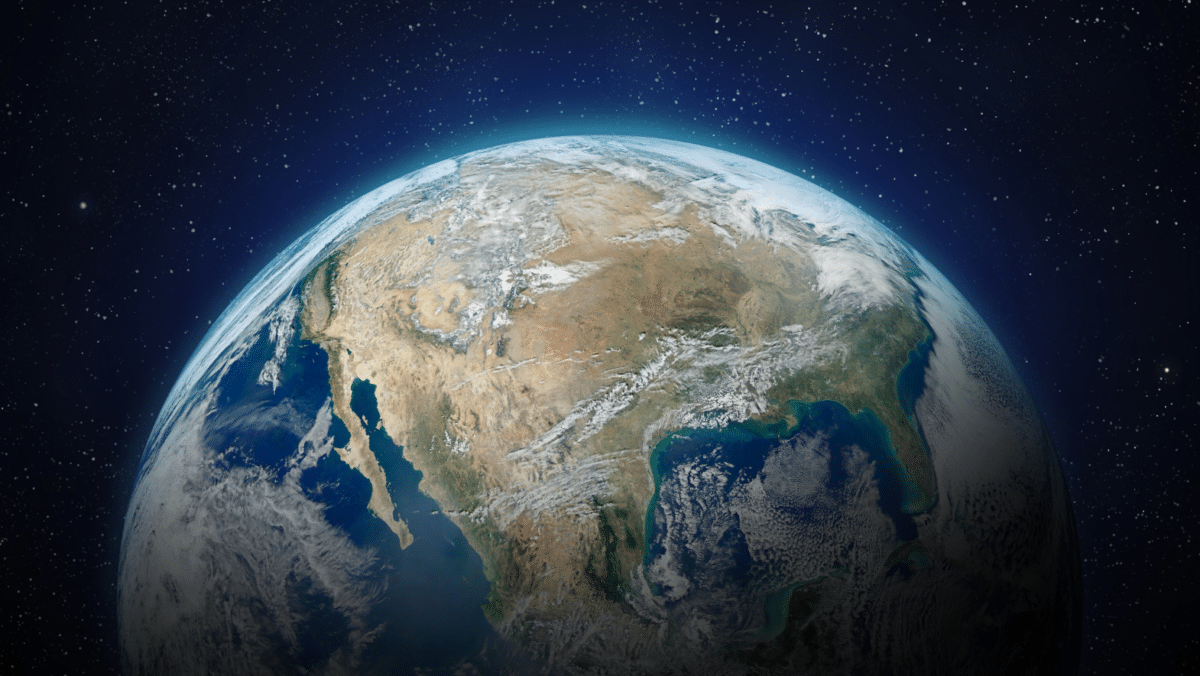
kingbet Earth could have 25 hours in a day — Here’s why
CODVIP
kingbet Earth could have 25 hours in a day — Here’s why
Updated:2024-10-27 03:36 Views:180
 What would you do if you had an extra hour in your day? While it may sound like science fiction, scientists reveal this could actually happen in the future — though not in our lifetime.
What would you do if you had an extra hour in your day? While it may sound like science fiction, scientists reveal this could actually happen in the future — though not in our lifetime.
Scientists have discovered that a day on Earth could eventually extend to 25 hours.
This intriguing possibility is rooted in the moon’s gradual movement away from the Earth. A University of Wisconsin-Madison study shows that the moon is drifting away from Earth at a rate of around 3.8 centimeters (1.5 inches) per year.
This movement is causing the Earth’s rotation to slow down, which could eventually result in longer days.
Subscribe to our daily newsletter
Stephen Meyers, a geoscience professor at the university and co-author of the study, shares this analogy, “As the moon moves away, the Earth is like a spinning figure skater who slows down as they stretch their arms out.”
View this post on InstagramThe study published in the science journal Proceedings of the National Academy of Science suggests that this process could add another hour to Earth’s day over the next 200 million years.
ADVERTISEMENTThe study that looks into the history of Earth’s relationship to the moon also reveals that 1.4 billion years ago, a day on Earth lasted just over 18 hours. This is because the moon was closer and changed the way the Earth revolved around its axis.
You may also like: Earth’s inner core has stopped spinning
Analyzing the futureWith such predictions far into the future, scientists use a method called astrochronology. This technique enables researchers to analyze geological records that uncover insights into the early times of the solar system and the Earth’s past.
ADVERTISEMENT“One of our ambitions was to use astrochronology to tell time in the most distant past, to develop very ancient geological time scales,” Meyers explained.
“We want to be able to study rocks that are billions of years old in a way that is comparable to how we study modern geologic processes.”
The Moon’s gradual movement away from the Earth has been known for decades, but the University of Wisconsin-Madison’s study looks deeper into the geological context of this phenomenon.
By analyzing ancient geological formations and sediment layers, Meyers and his team were able to trace the history of the Earth-Moon system over billions of years giving a clearer picture of the possibility of having 25 hours in a day.
Want stories like this delivered straight to your inbox? Stay informed. Stay ahead. Subscribe to InqMORNING kingbet
MORE STORIES Liam Payne: Beloved celebrity’s death can be painful – but collective grief can help Curry leads Golden State Warriors in 139-104 season-opening Former Presidents Obama, Clinton urge Fil-Ams in Nevada to vote early Don't miss out on the latest news and information.